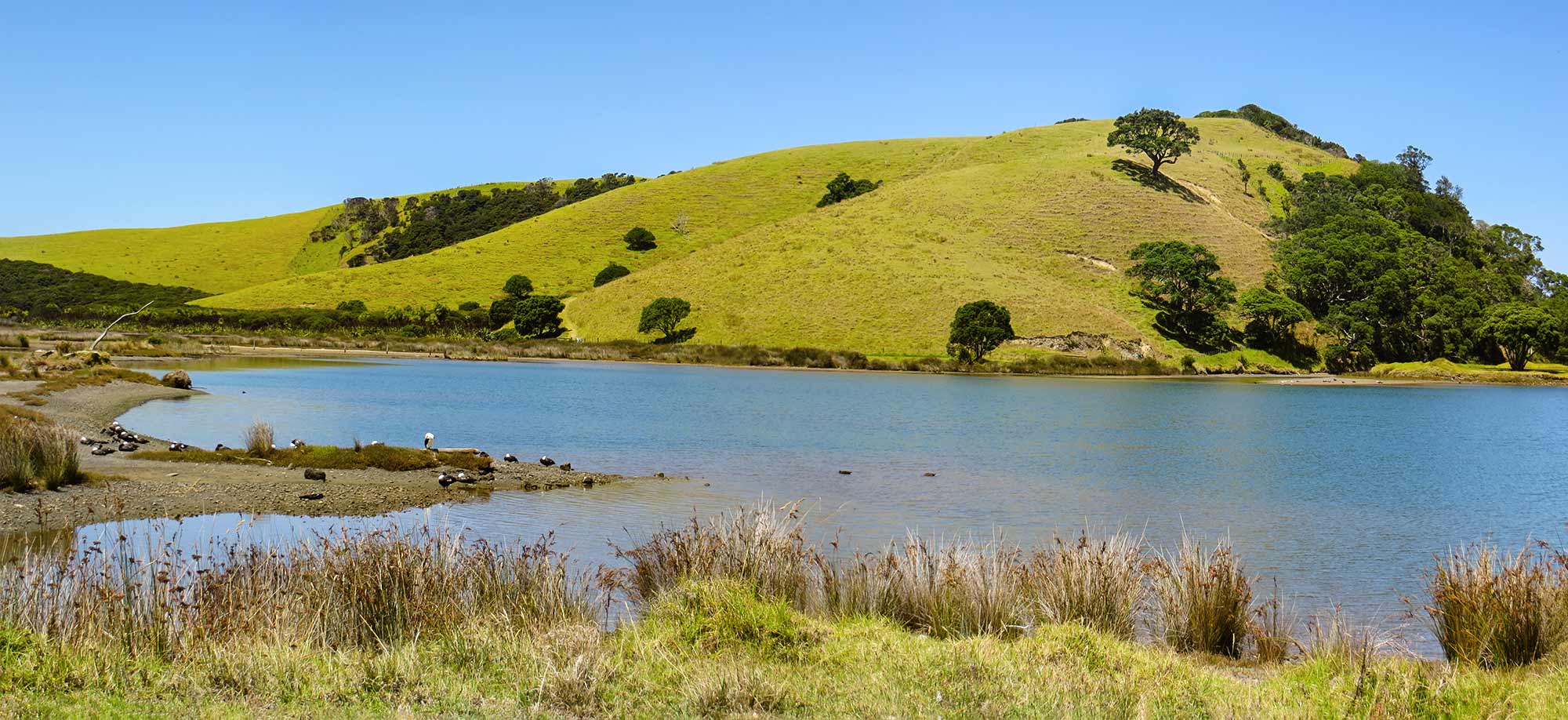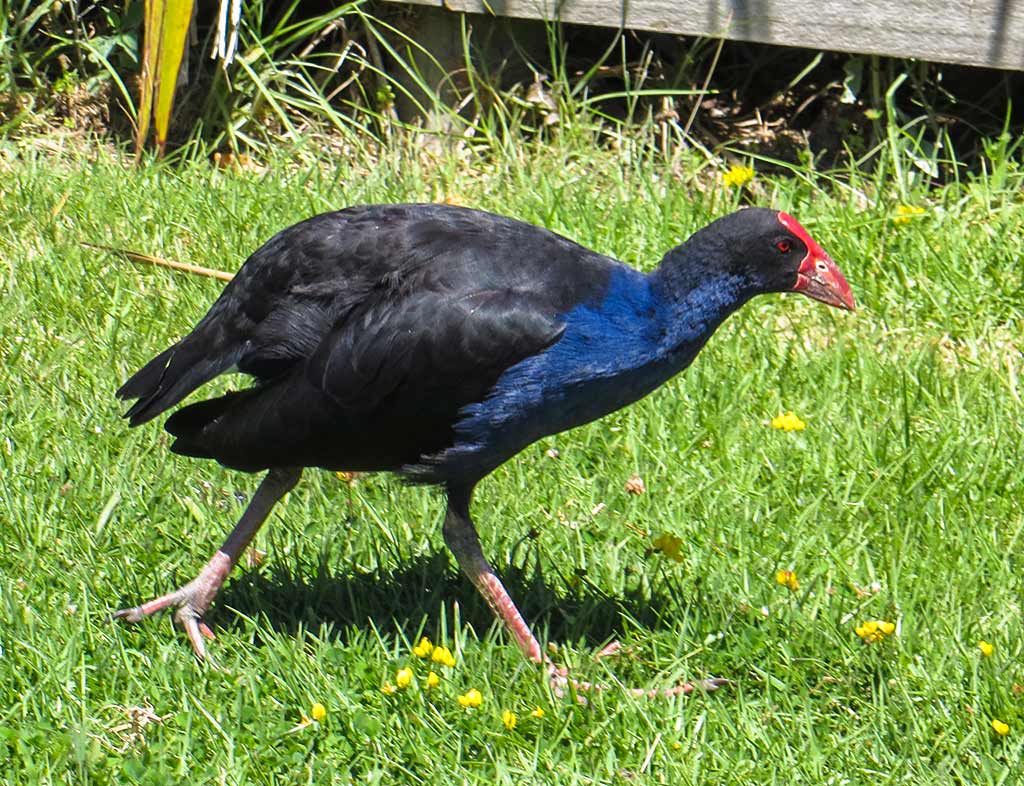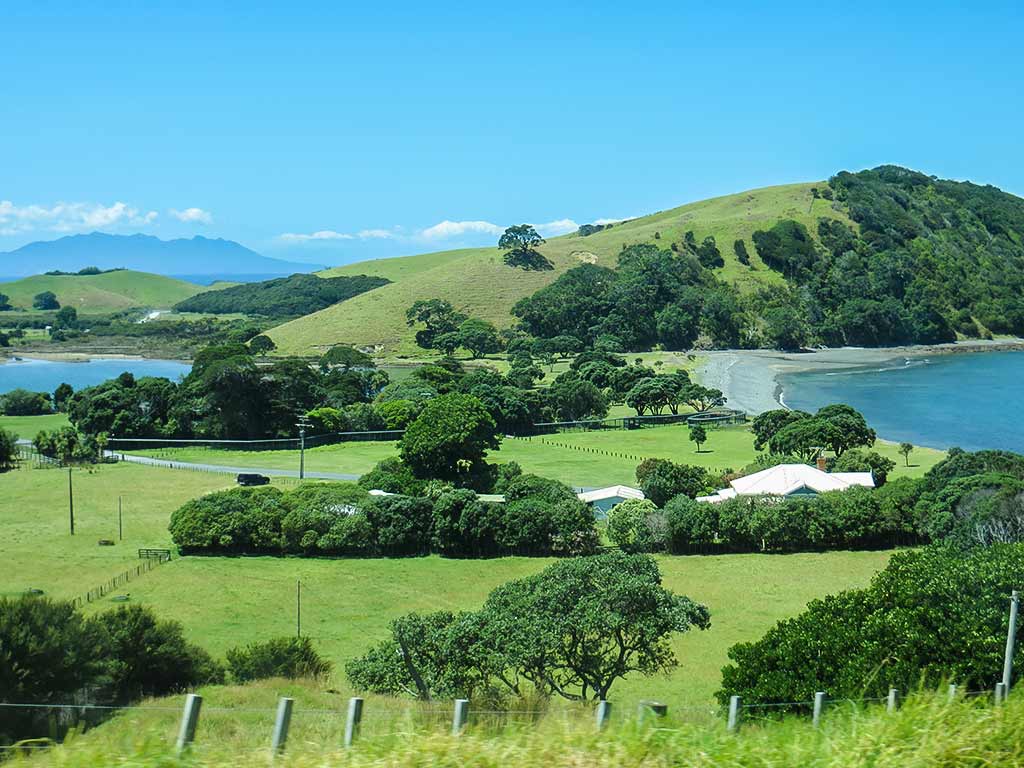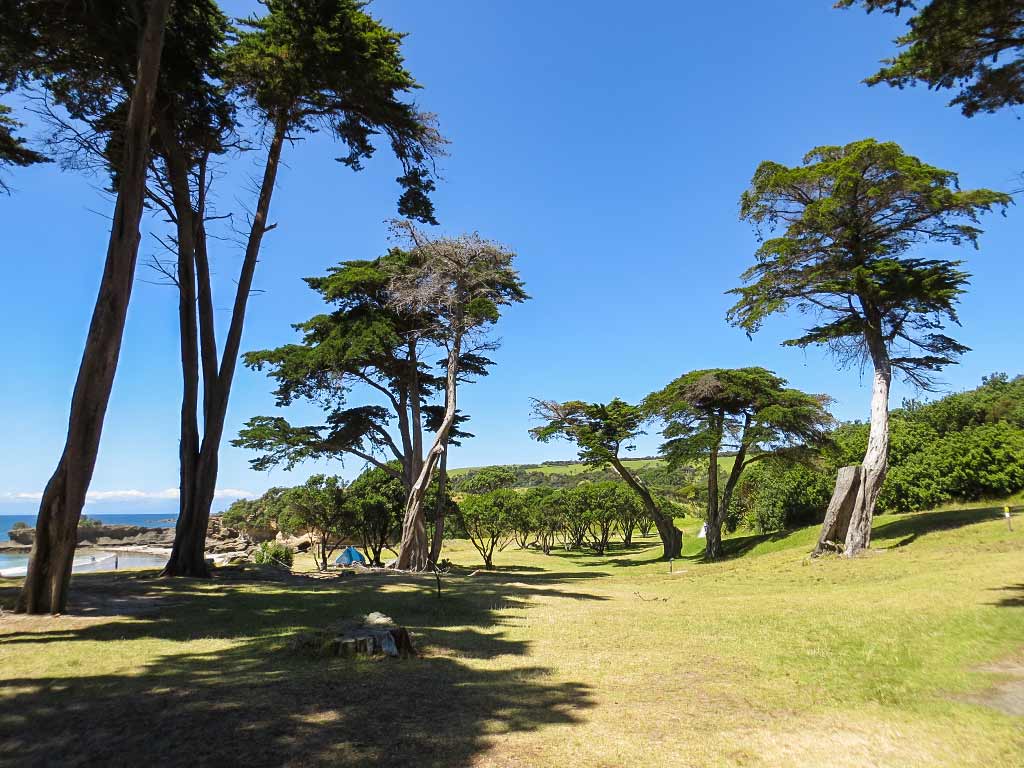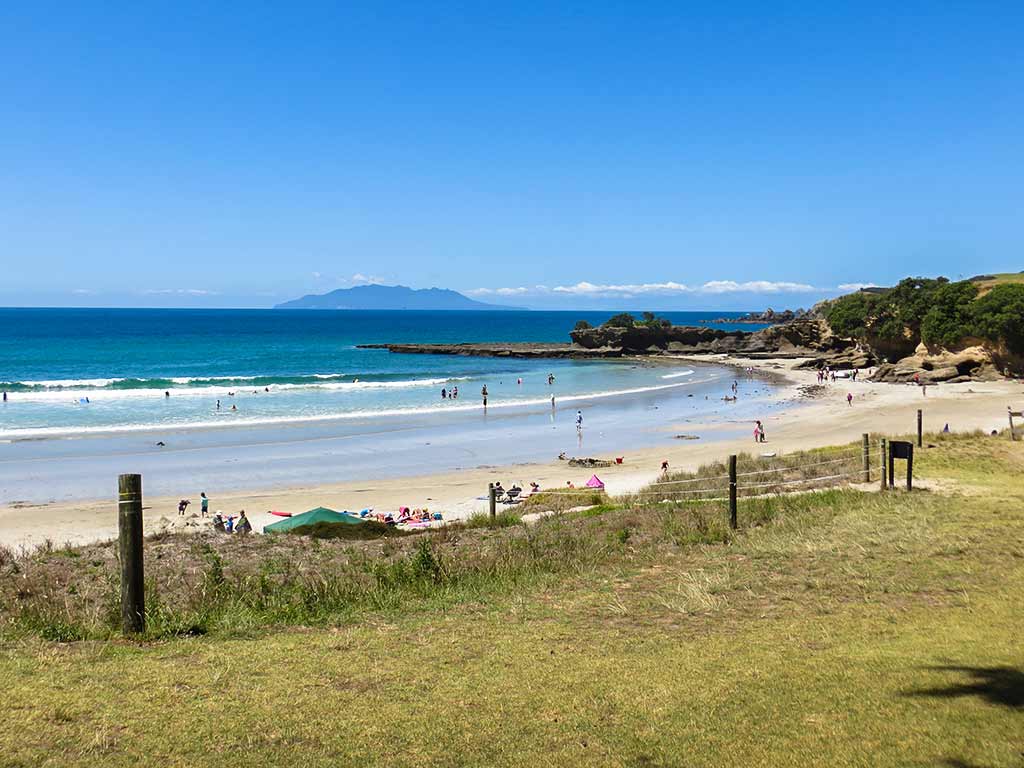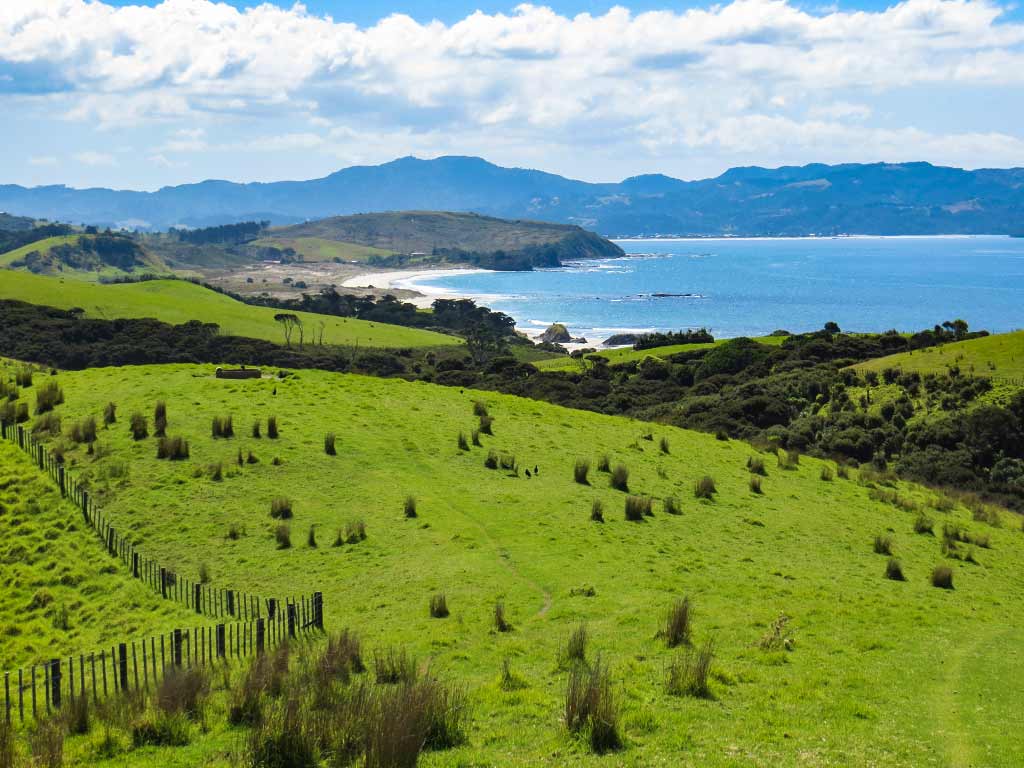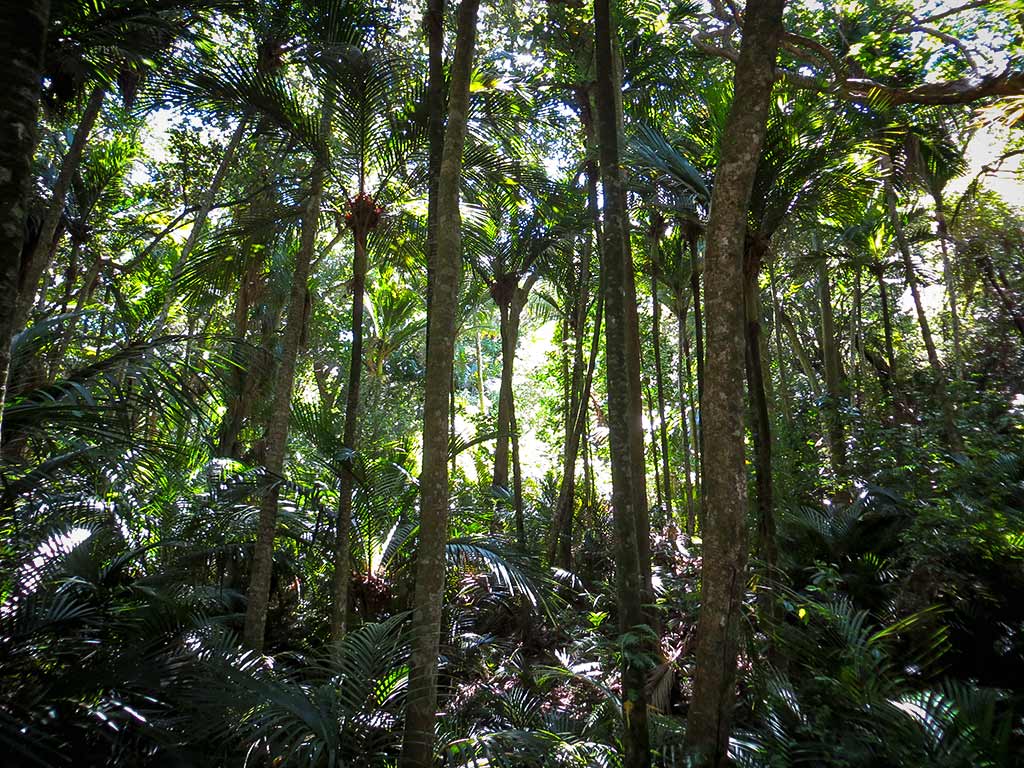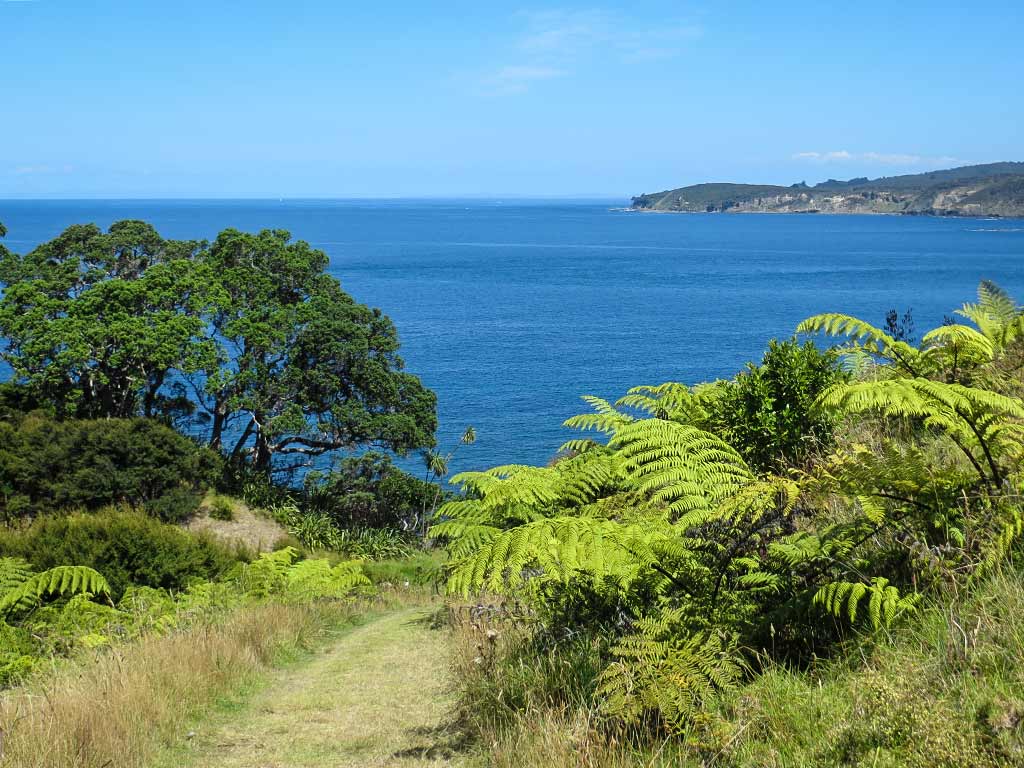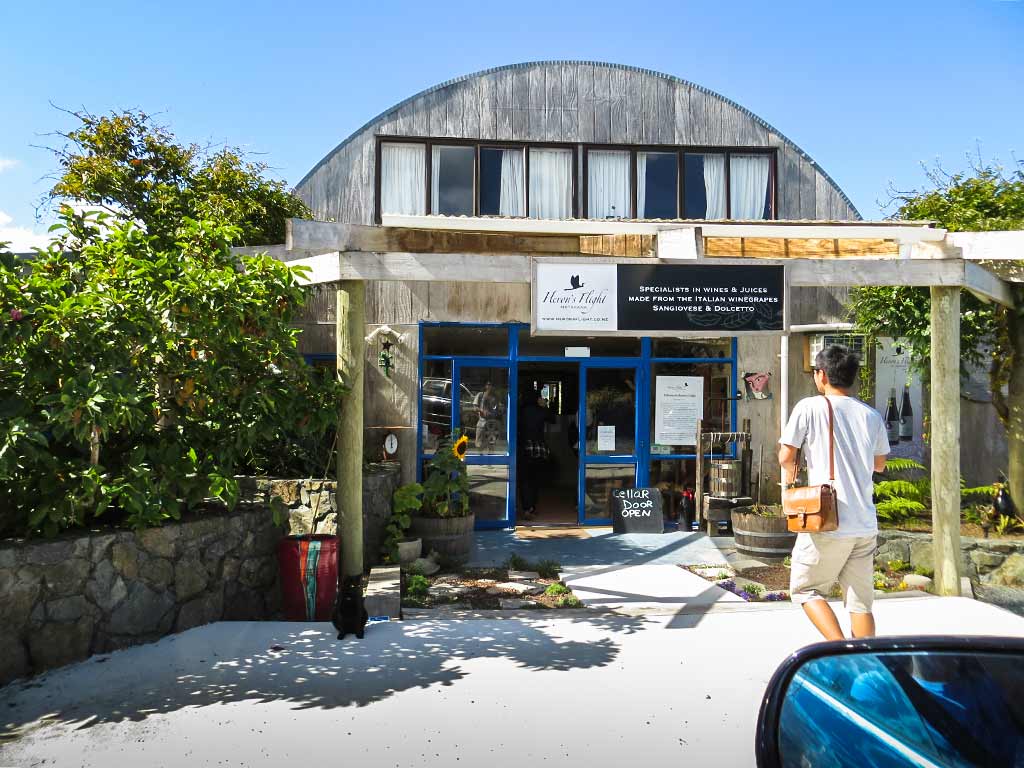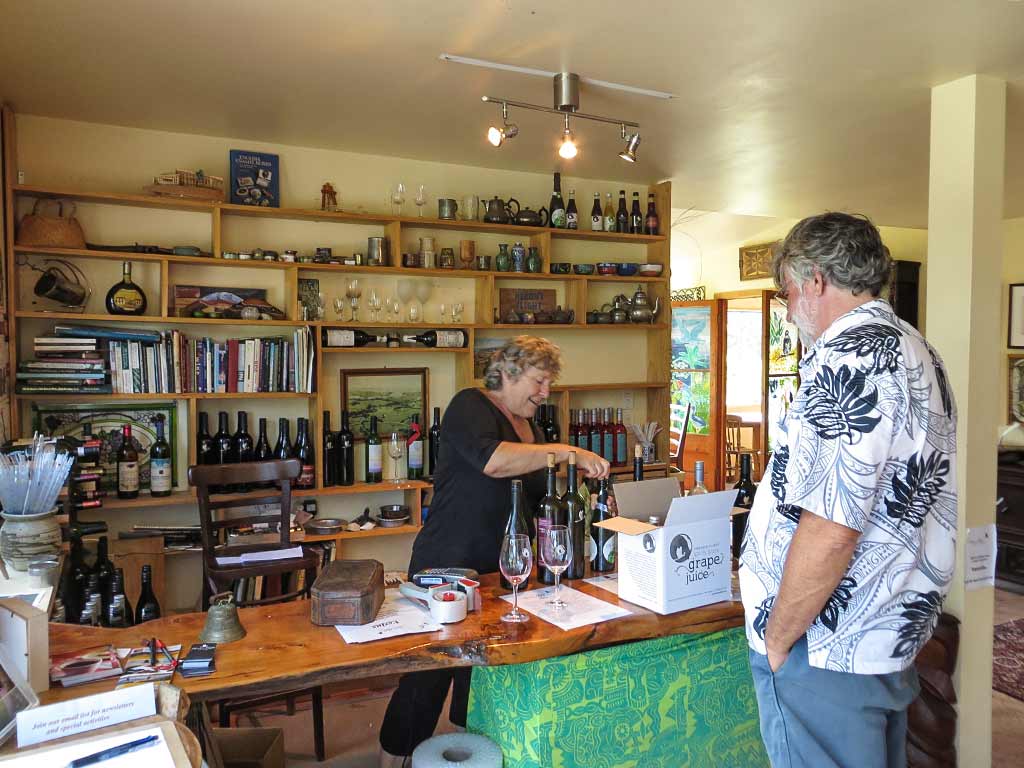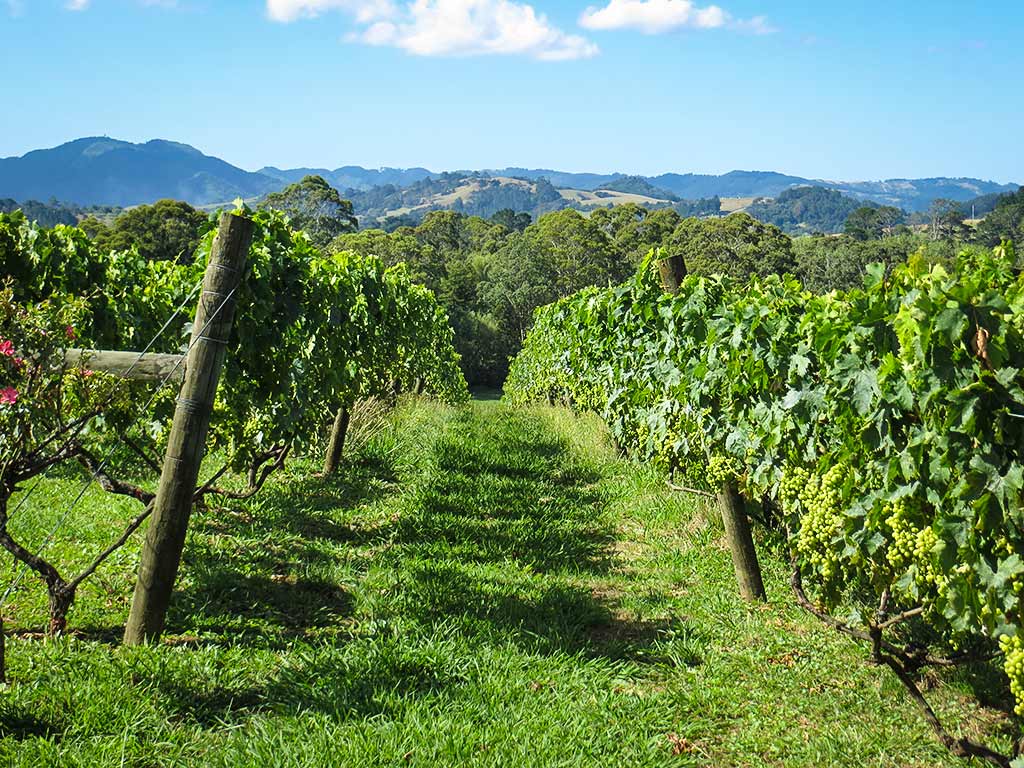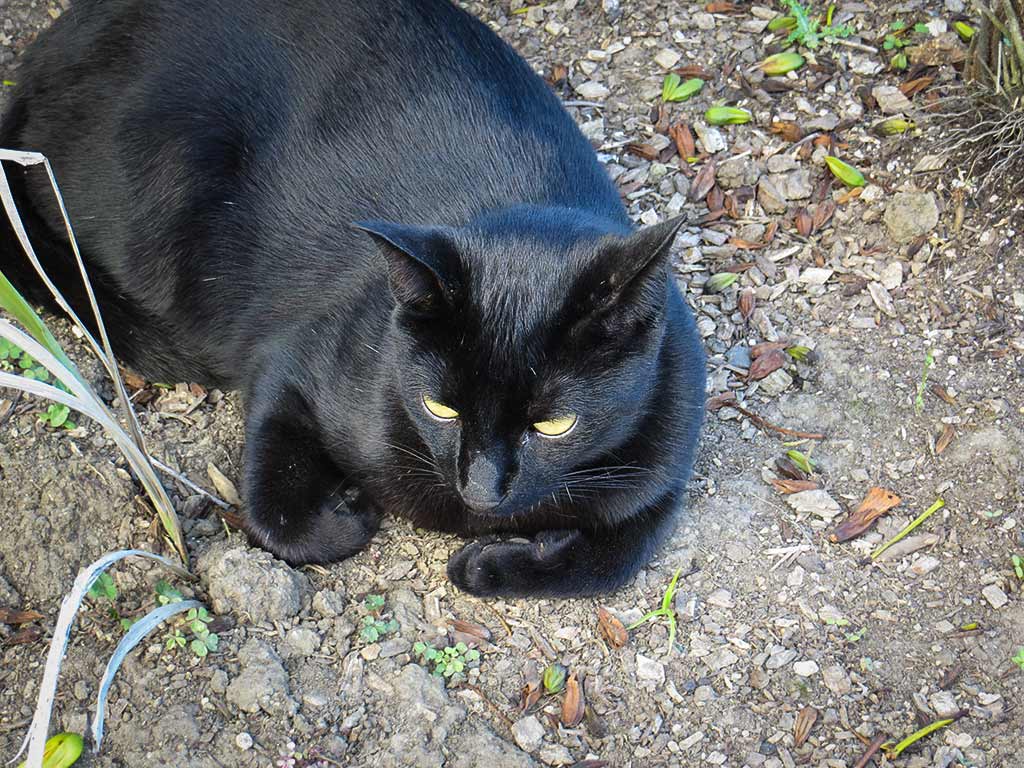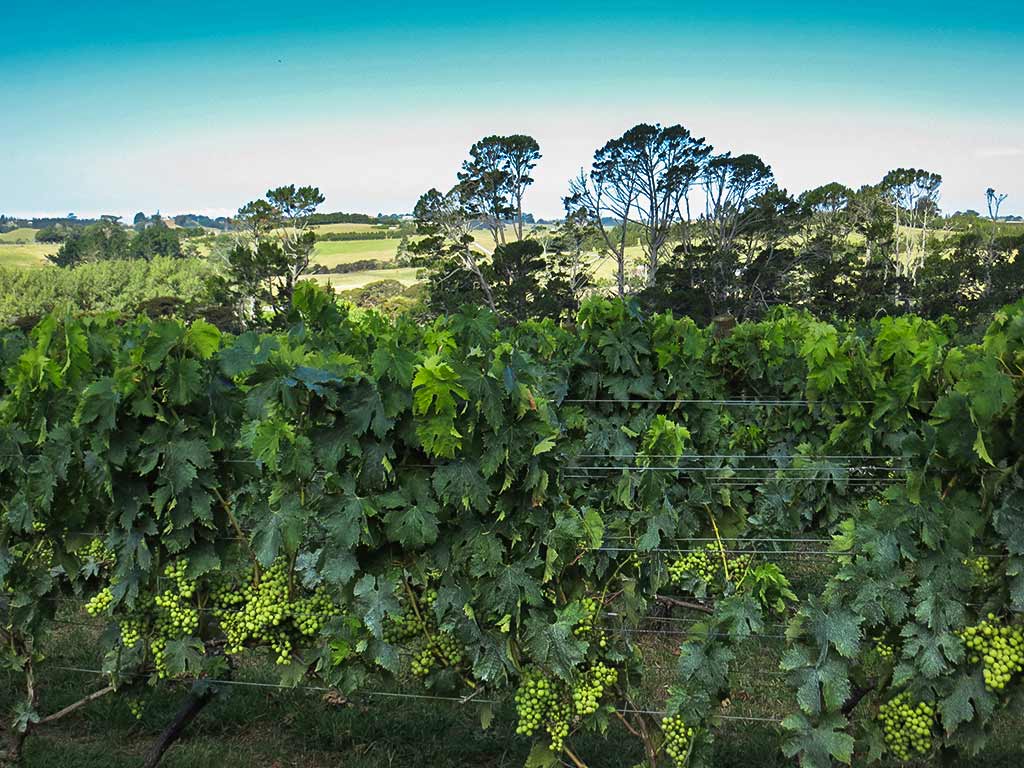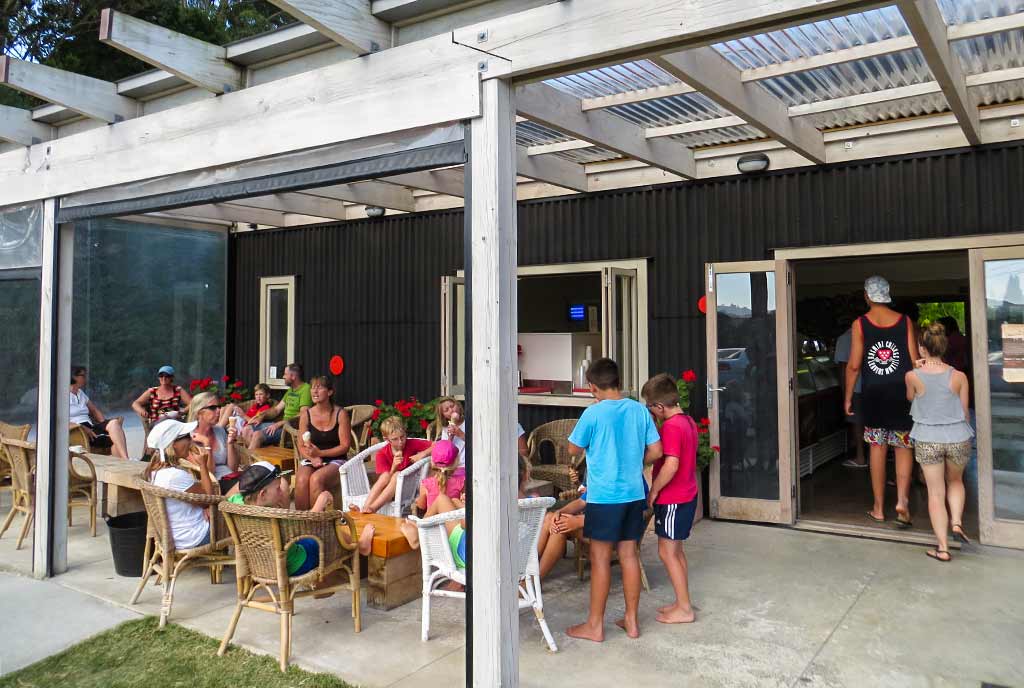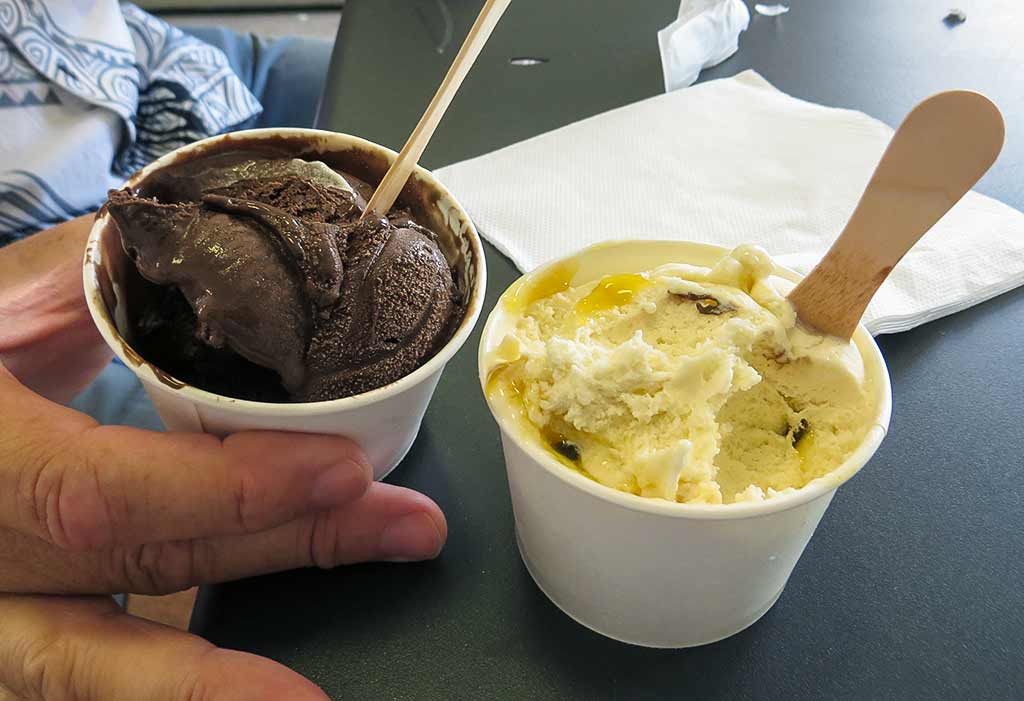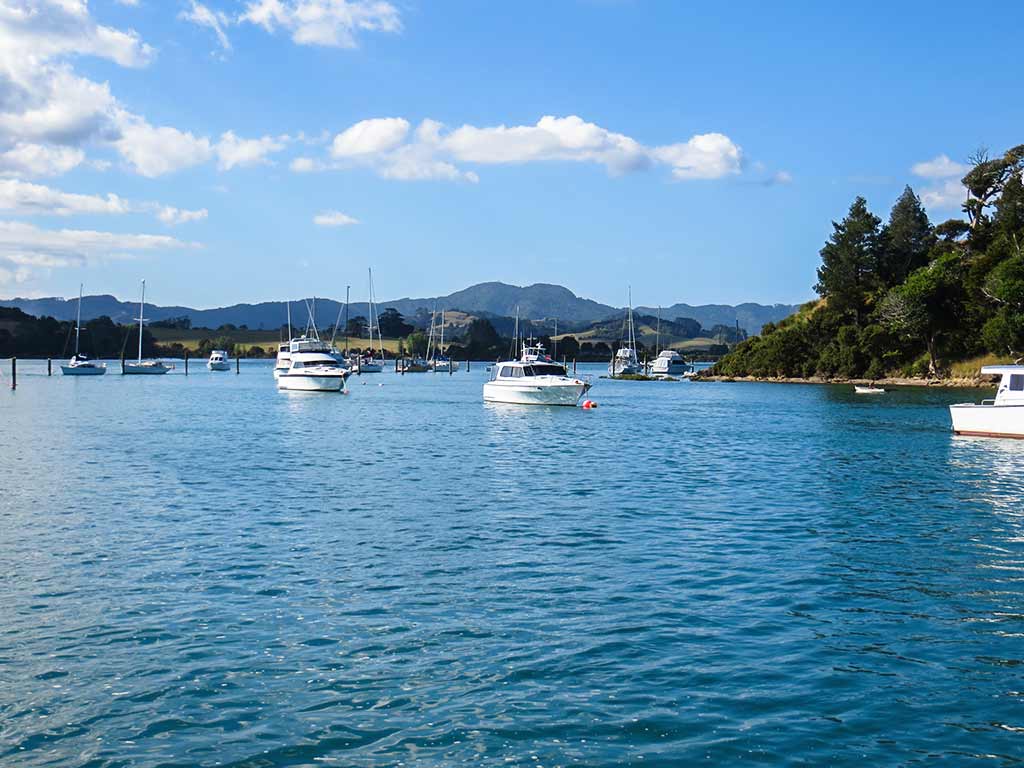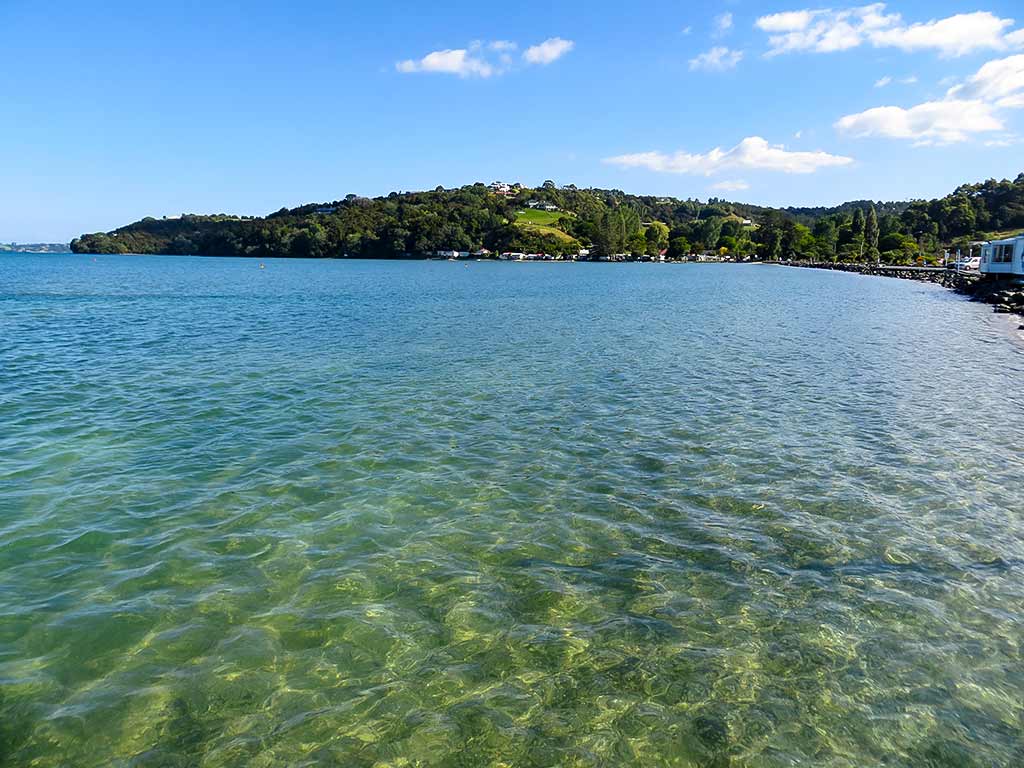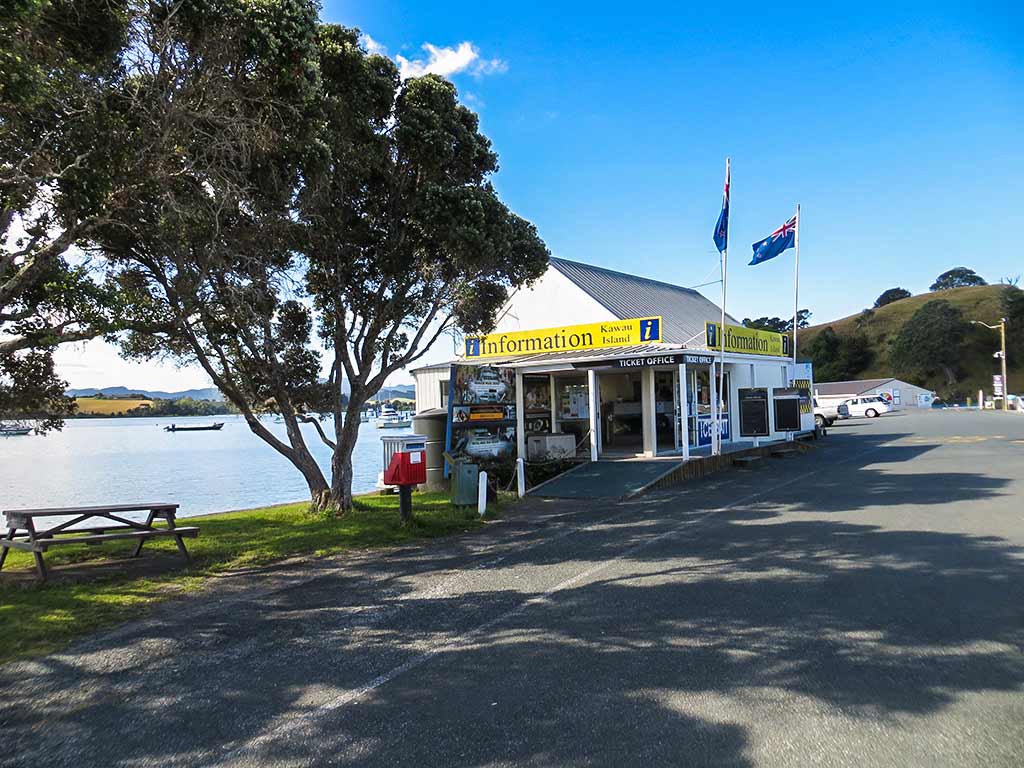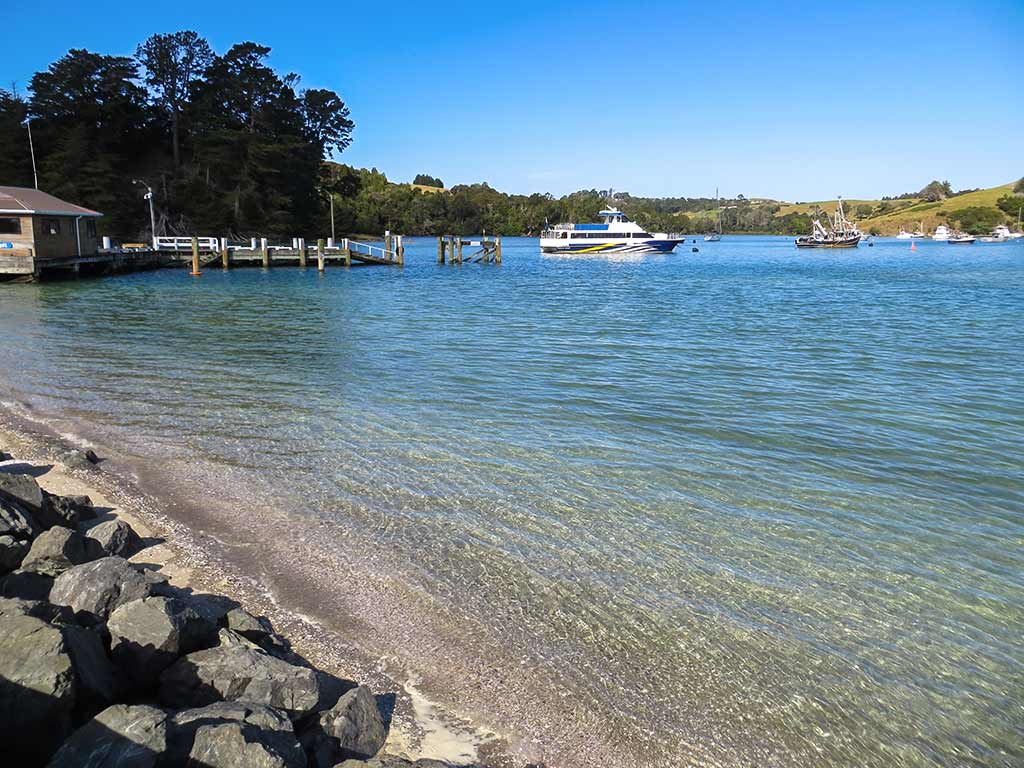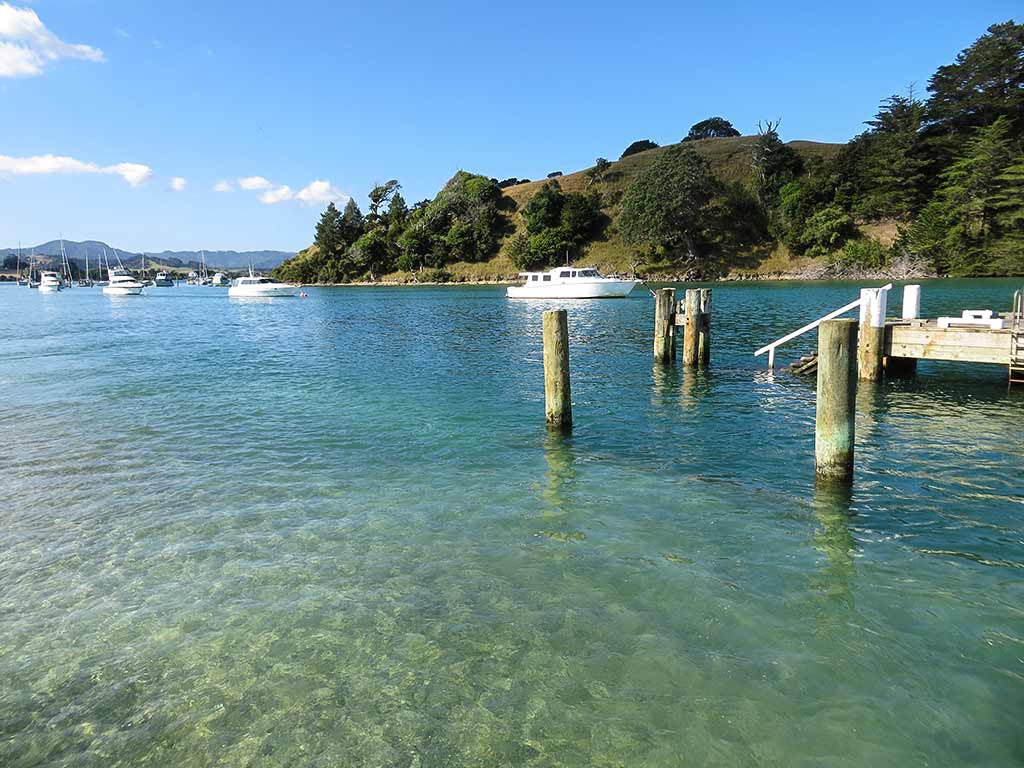January 29, 2014
After our visit to Matakana and Leigh, I’d planned a hike on the seaside peninsula of Tawharanui Regional Park, a nature reserve.
To create this reserve, original New Zealand forest had been regenerated and species of birds, now rare on the mainland, had been brought in to repopulate the forest. To accomplish this, the area had to be cleared of non-native animals, a somewhat controversial process that involves trapping and in this case, the dropping of poison. It’s sad that the animals (possums, rats, stoats, and feral cats) had to pay the price for the human carelessness that brought them here in the first place, but the birds were here first, and since they don’t exist in other countries, when they’re gone from here, they’re gone. Rich and I have no issues with the methods needed to restore trees, plants and native bird life to the nature reserves in New Zealand.
And so we drove out on the peninsula towards the reserve, passing through grassy pastureland and many, many pukekos (New Zealand’s big blue bird). Native New Zealanders hardly take notice of them, but for us they’re fun to see as we have nothing like them in America. As far as we’re concerned, there can’t be too many pukekos! Below, a few photos of the lagoon area en route to the reserve (click to enlarge and scroll).
We continued to the parking area of the nature reserve, very appealing with broad lawn areas and scattered large trees along the two beaches. We took a walk to check out those beaches, both very attractive and worth a visit even without the nearby reserve.
We then headed down the path into the reserve and, in contrast to the grassy pasture land and bush in this area, we found ourselves surrounded by densely-vegetated New Zealand subtropical forest. This was something we’d expect to see on a remote island or mountains, not here in wine country. Soon we started to spot birds, including parrots—big brown kakas and colorful kakarikis. And we could hear the chorus of bellbirds. Every year in New Zealand, the number of birds from these threatened species grows, and it’s a joy to see. What an achievement to create this reserve, one of several of this type that have been created on the mainland.
We continued our walk, eventually exiting the forest and ending up in grassy pastureland. The walk had taken a good hour, a bit longer than planned, but it was beautiful. Below, a few photos of Tawharanui Reserve.
After our hike it was time for more food and drink; so we headed to a winery called Heron’s Flight. Here, we found a charming winery hut, pretty grounds, and a cat and a dog to pet. I tasted 5 wines and didn’t love any of them; but we fell in love with, of all things, their grape juice. We’re not normally into grape juice, but this was so good we bought a case.
Next up, we headed to a place called Charles Gelato Garden, another famous ice creamery located in Matakana. We got dark chocolate and passionfruit gelato and it was spectacular, our new winner for the best ice cream in New Zealand.
Our next stop was an area called Sandspit, a large and rather shallow body of water protected by a large boulder-barrier sandspit and home to the region’s marina and a large mooring field. I hadn’t expected to be impressed with remote and shallow Sandspit; so I was surprised to find it’s really very pretty here!
Sandspit is also the location of a small ferry that goes to beautiful Kawau Island, and some of its residents keep cars at the marina so they have transportation once they get over here. That would definitely be an example of the good life: a home on peaceful and magical Kawau Island, trips to Matakana for shopping and errands, and Auckland an hour away when one feels like visiting the big city.
Next up, we planned to head to the south end of the Matakana Region to more of the seaside areas. –Cyndi

